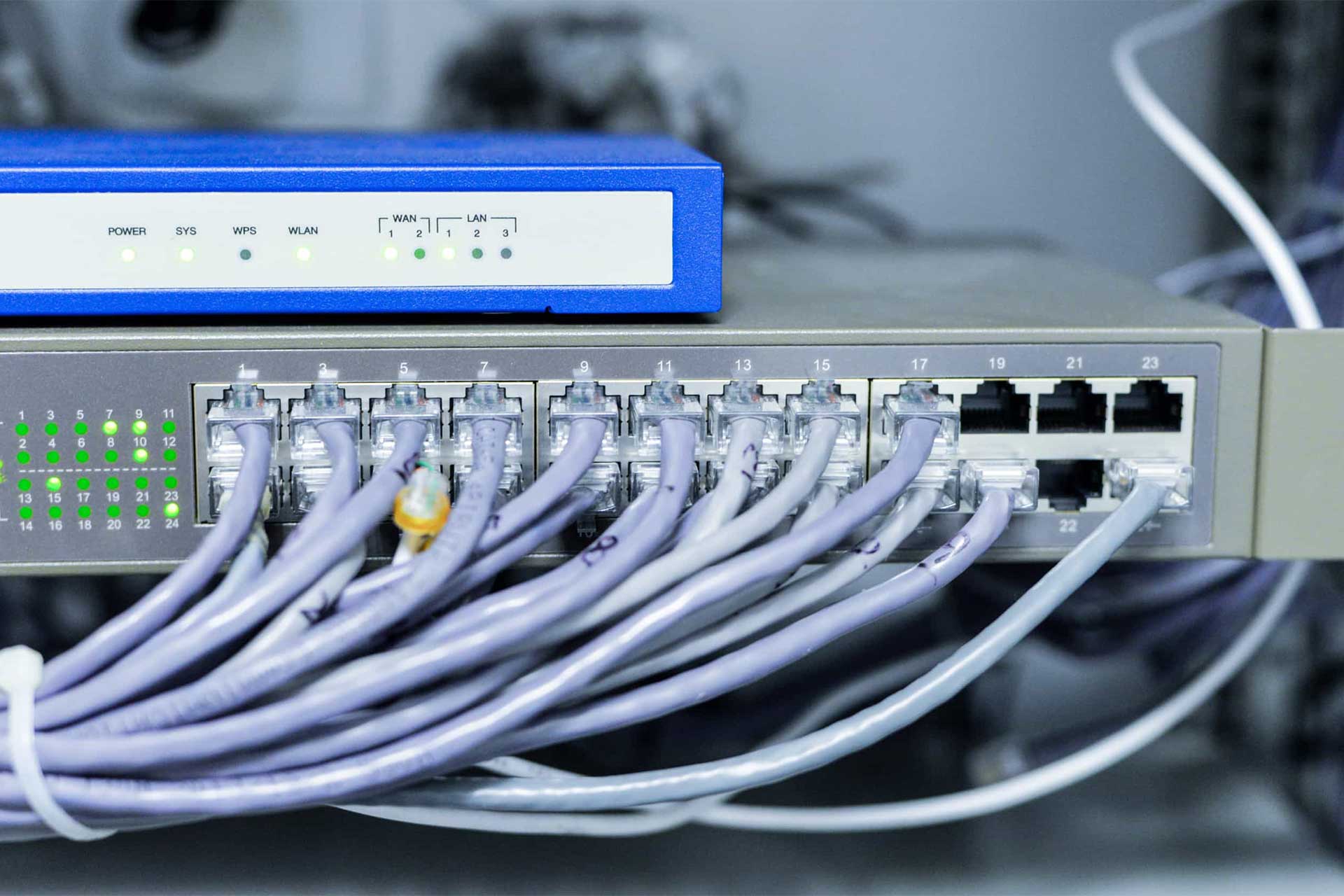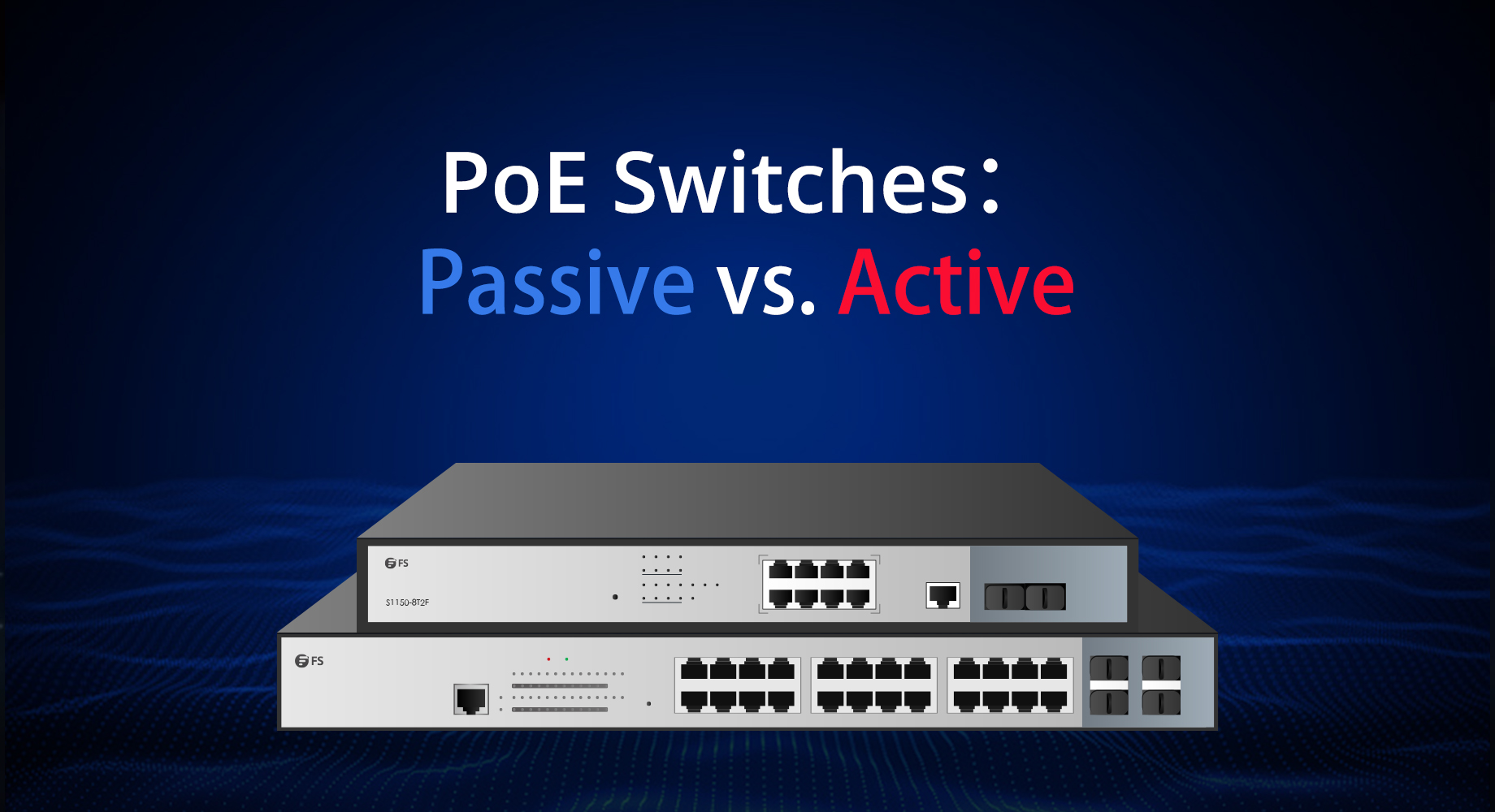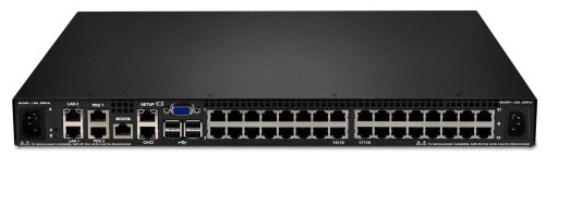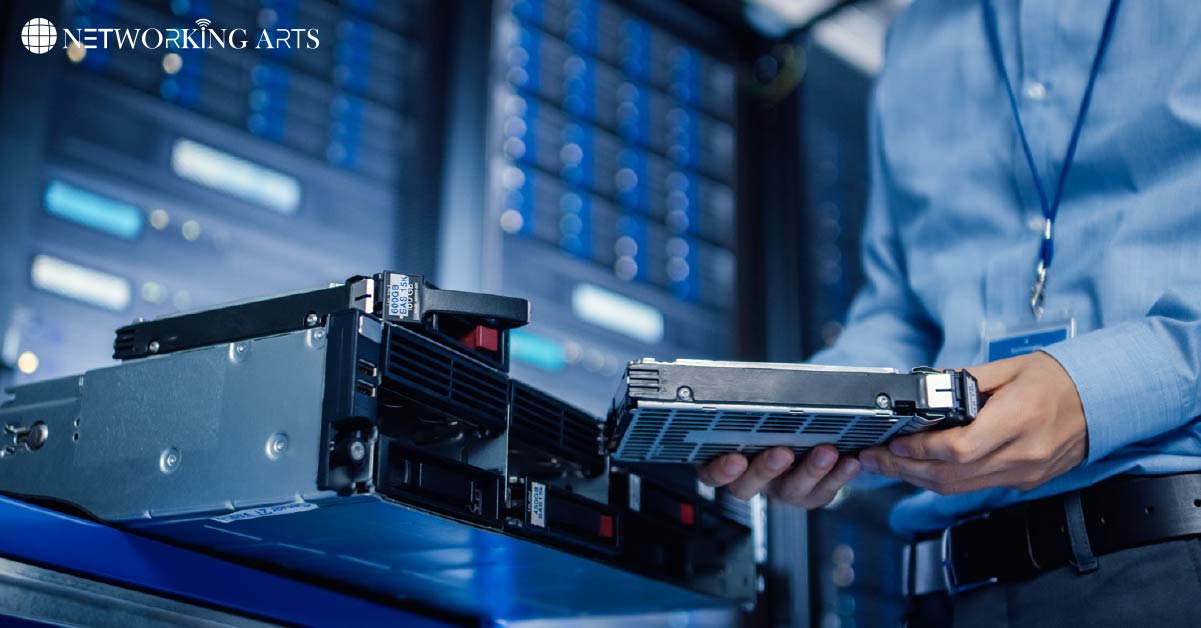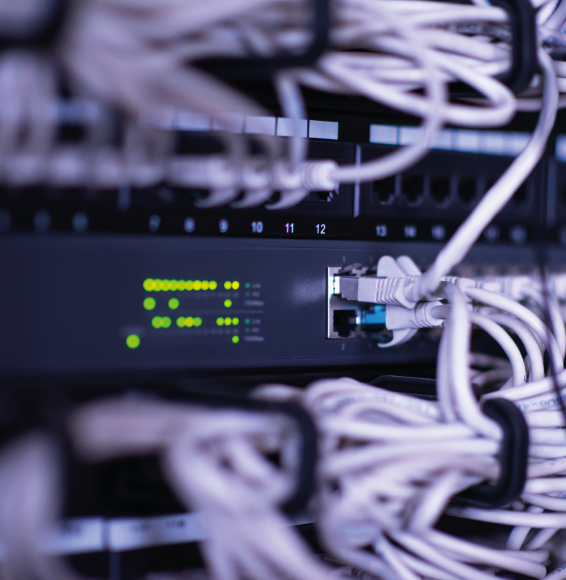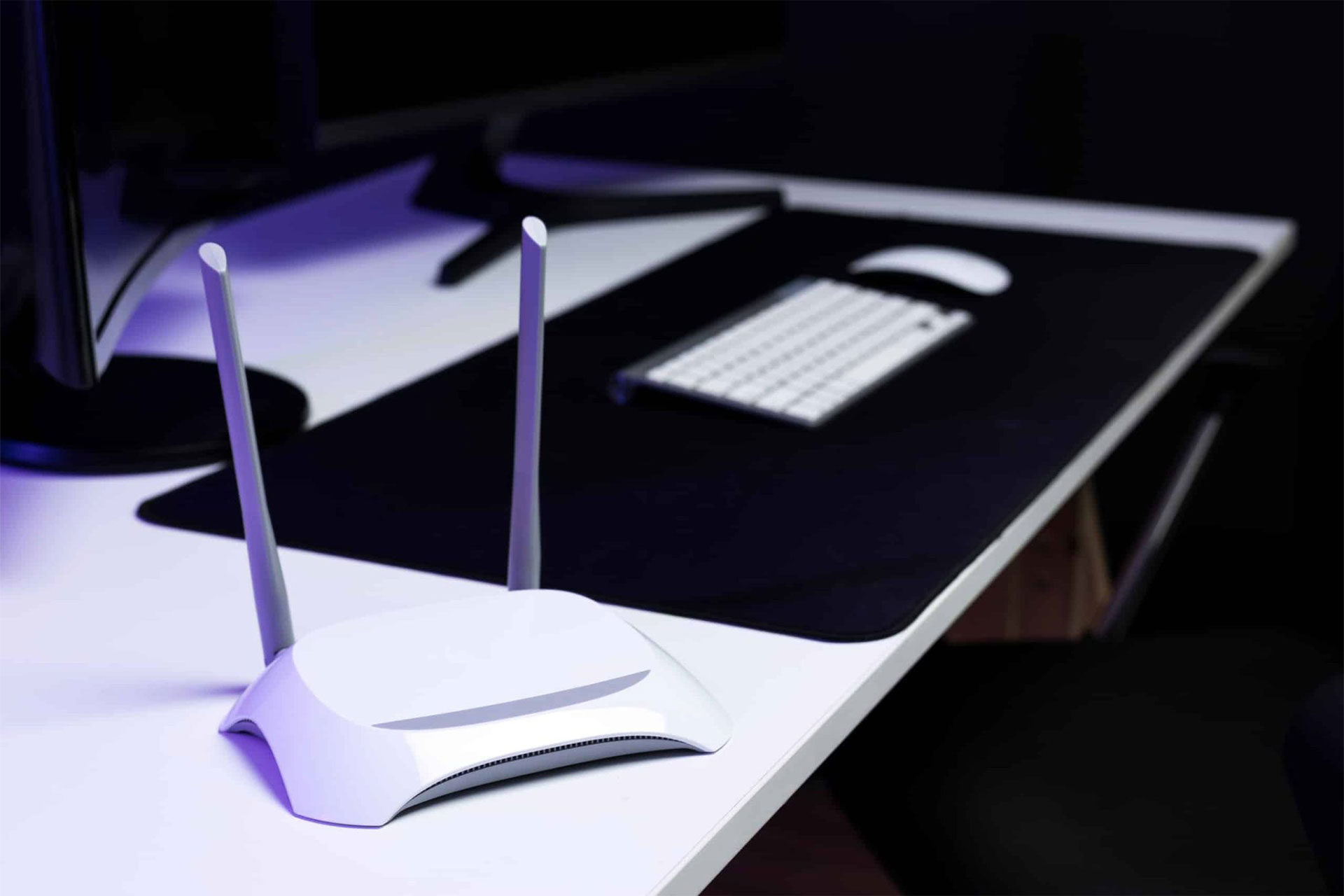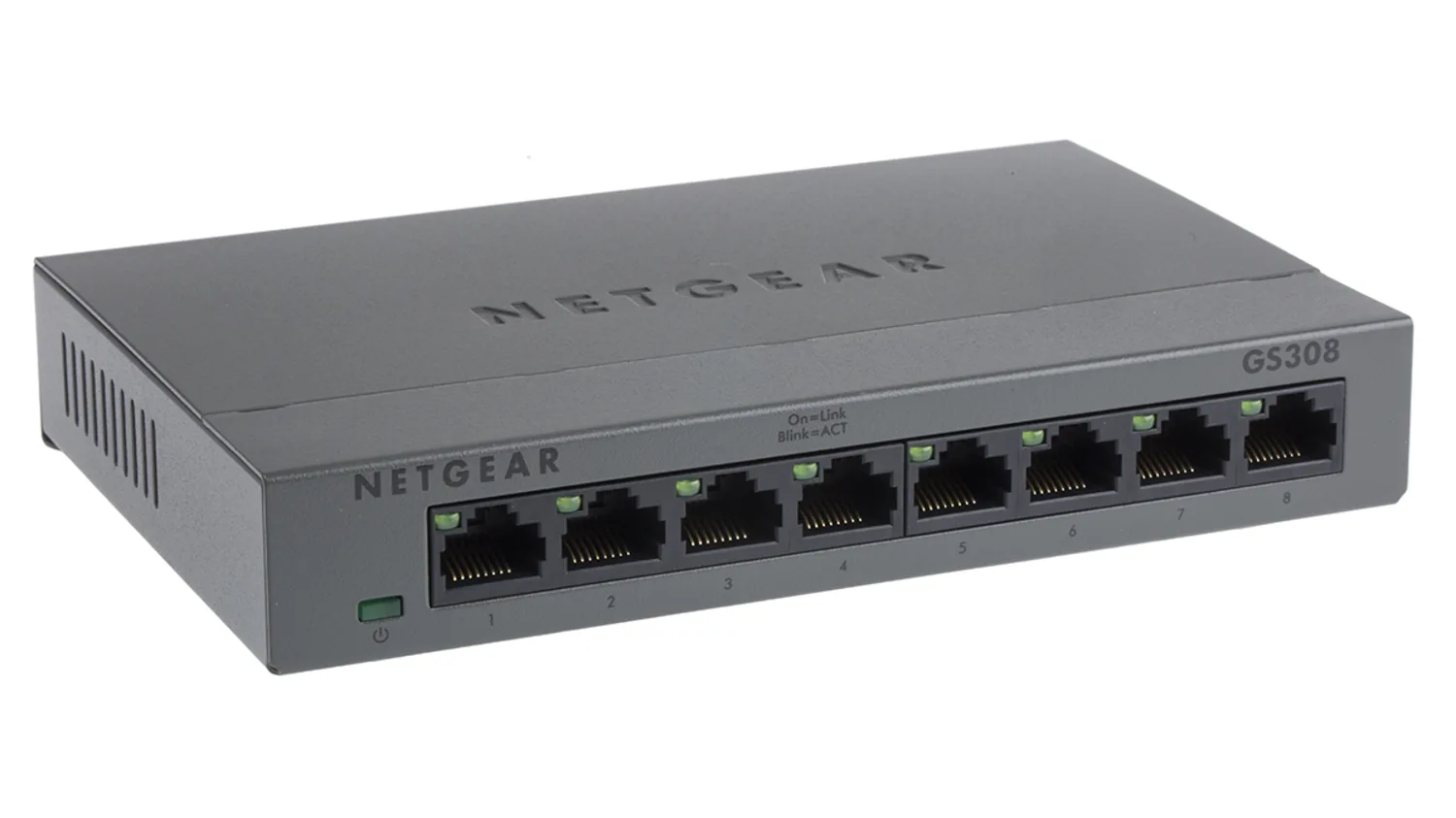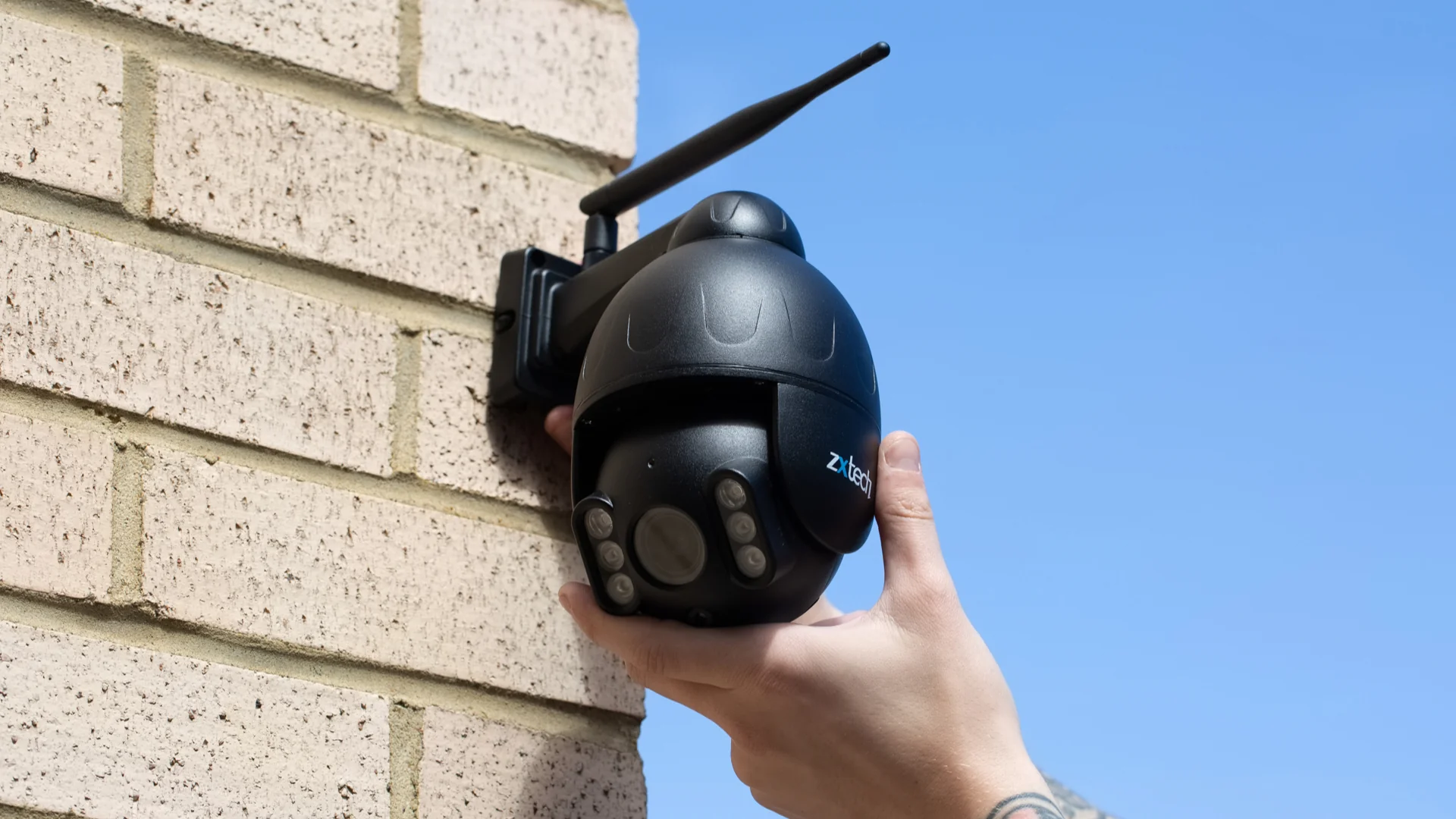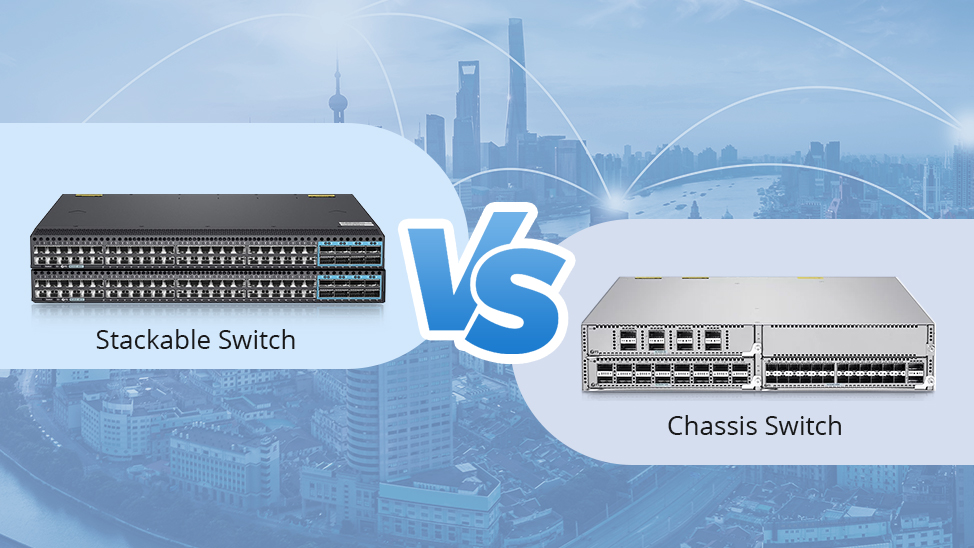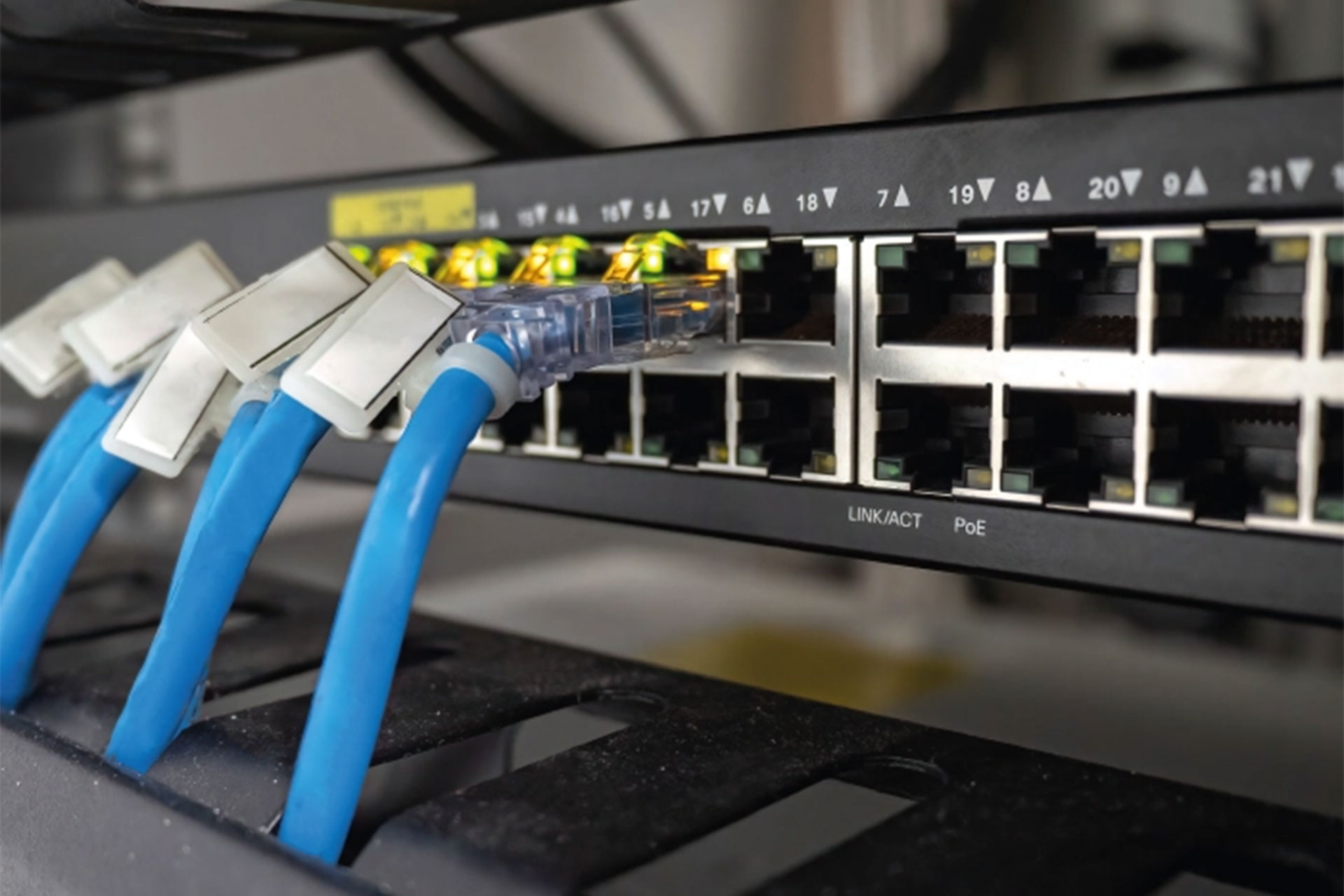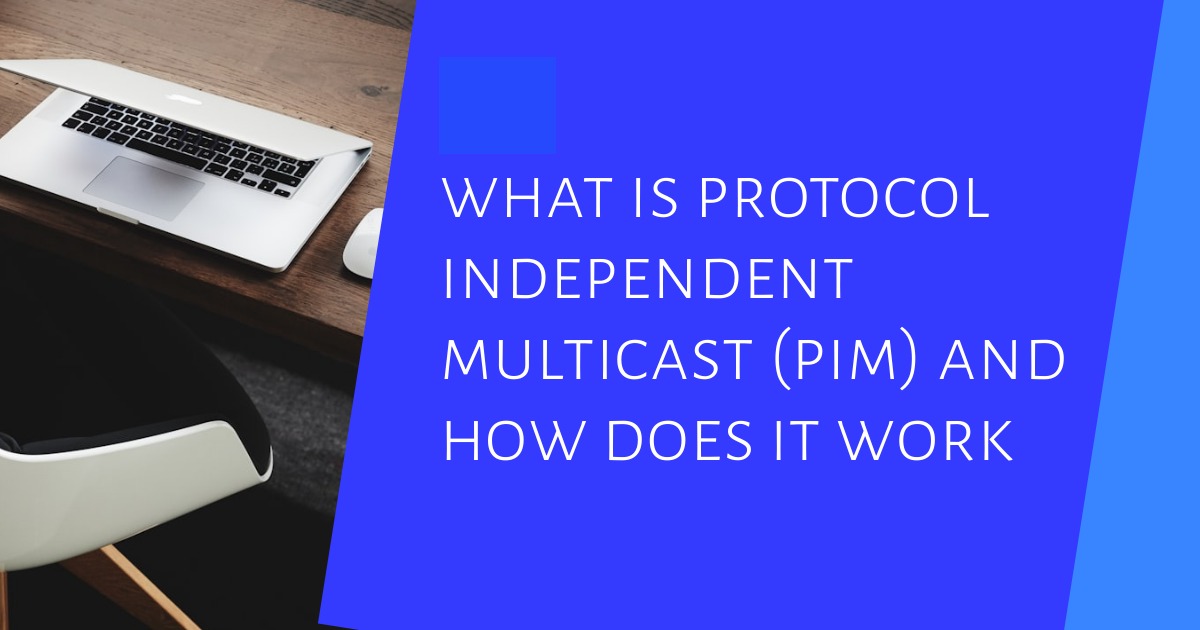Power over Ethernet (PoE) technology has revolutionized how we design and manage networks, offering a seamless method to deliver power and data over a single Ethernet cable. This innovation simplifies installation and reduces the need for additional electrical infrastructure, making it a popular choice for modern networking solutions.
Understanding the differences between active and passive PoE switches is crucial for optimizing network performance and ensuring compatibility with connected devices. In this article, we will explore the fundamental concepts of PoE technology, highlight the distinctions between active and passive PoE switches, and provide insights into their respective advantages, disadvantages, and applications. By the end of this guide, you will be equipped with the knowledge to make informed decisions about which type of PoE switch best suits your networking needs.
What is a PoE Switch?
A Power over Ethernet (PoE) switch is a network switch with built-in PoE injection capability. It can transmit data and electrical power to PoE-enabled devices through standard Ethernet cables. This dual functionality eliminates the need for separate power supplies and simplifies the installation process for network devices such as IP cameras, wireless access points, and VoIP phones.
How PoE Switches Work
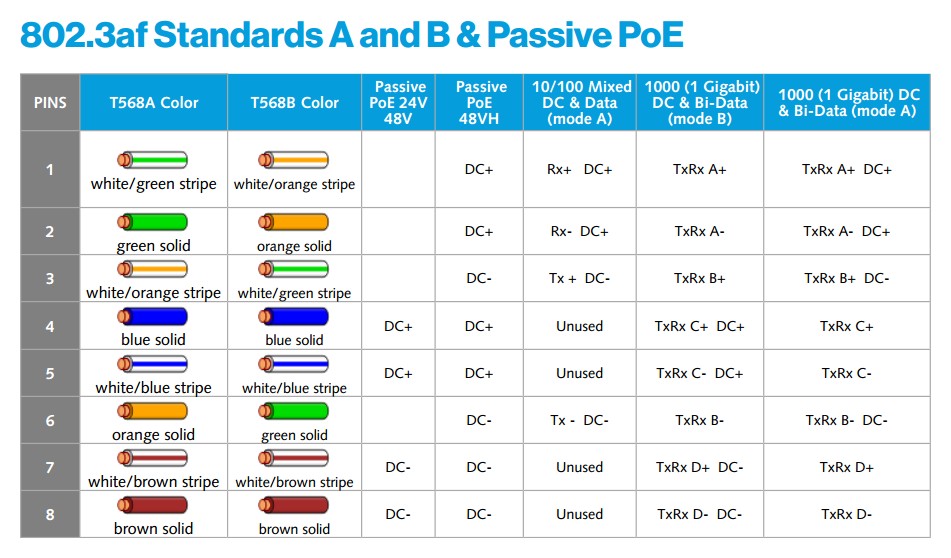
Passive PoE Switches in london UK
PoE switches send power over the same twisted pair cables used for data transmission in Ethernet networks. They use two methods to deliver power:
- Alternative A (End-Span): Power is delivered over the Ethernet cable’s data pairs (1, 2, 3, and 6).
- Alternative B (Mid-Span): Power is delivered over the Ethernet cable’s spare pairs (4, 5, 7, and 8).
The switch detects a PoE-enabled device using “power sourcing equipment (PSE) detection.” Once a compatible device is recognized, the switch negotiates and supplies the appropriate power level. This process ensures that non-PoE devices are not inadvertently damaged.
Types of PoE Switches
Active PoE Switches
Active PoE switches comply with IEEE standards (802.3af, 802.3at, and 802.3bt), providing intelligent power management and ensuring compatibility with various devices. These switches can negotiate the power requirements of connected devices and adjust the power output accordingly. Active PoE switches offer several benefits, including enhanced safety features, excellent reliability, and scalability, making them suitable for complex and large-scale network environments.
Passive PoE Switches
Passive PoE switches do not adhere to standardized power delivery protocols and provide a fixed voltage output, regardless of the connected device’s requirements. While they are more affordable and more straightforward to install, passive PoE switches lack active switches’ intelligent power management features. This can lead to potential risks, such as device damage and limited compatibility, as they only work with specific PoE devices designed to handle the fixed voltage.
Understanding Active PoE Switches
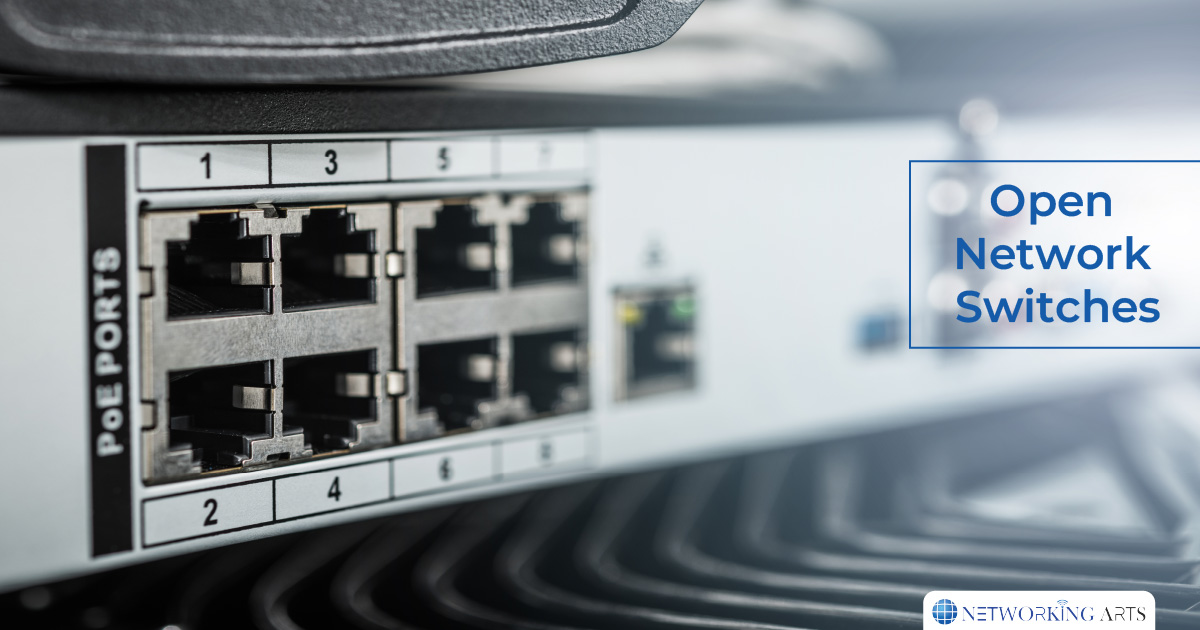
Unleashing the Power of Open Network Switches
Active Power over Ethernet (PoE) switches represent a sophisticated solution for delivering power and data simultaneously over Ethernet cables to compatible devices. These switches adhere to IEEE standards (802.3af, 802.3at, and 802.3bt), ensuring robust performance and interoperability across various network environments. Understanding their features and benefits is crucial for deploying efficient and reliable network infrastructures.
Active PoE switches dynamically negotiate power requirements with connected devices, a power negotiation, or a power-sourcing equipment (PSE) negotiation process. This intelligence allows the switch to provide the power needed, optimizing energy efficiency and ensuring device safety.
Features of Active PoE Switches
Active PoE switches are distinguished by their adherence to IEEE standards, ensuring compatibility with various Power over Ethernet (PoE) devices. These switches support multiple power levels, ranging from 15.4W to 100W, and even higher with IEEE 802.3bt, accommodating the varying power needs of different network equipment. Beyond mere compliance, active PoE switches excel in their ability to negotiate power requirements with connected devices intelligently. This dynamic power negotiation capability allows the switch to adjust voltage and current levels precisely, thereby preventing underpowering or overpowering issues. This feature enhances operational reliability and extends the lifespan of connected devices by ensuring they receive the optimal amount of power needed for efficient performance. This intelligent power management is beneficial in environments requiring stable and robust network operations, such as enterprise networks and critical infrastructure deployments.
Advantages
- Safety and Reliability: Built-in safety mechanisms protect against power surges and overloads, ensuring device longevity.
- Compatibility: Active PoE switches are compatible with a wide range of PoE-enabled devices, including IP cameras, wireless access points, and VoIP phones.
- Scalability and Future-Proofing: They support higher power levels and are suitable for scaling up network infrastructures as businesses grow.
Disadvantages:
- Higher Cost: Active PoE switches typically come at a higher price point due to their advanced features and compliance with industry standards.
- Complexity: Installation and configuration may require more technical expertise than passive PoE solutions.
Active PoE switches are ideal for enterprise environments, large-scale networks, and applications requiring high reliability and advanced power management capabilities. Choosing an active PoE switch ensures efficient power delivery and optimal performance for mission-critical network operations.
Understanding Passive PoE Switches
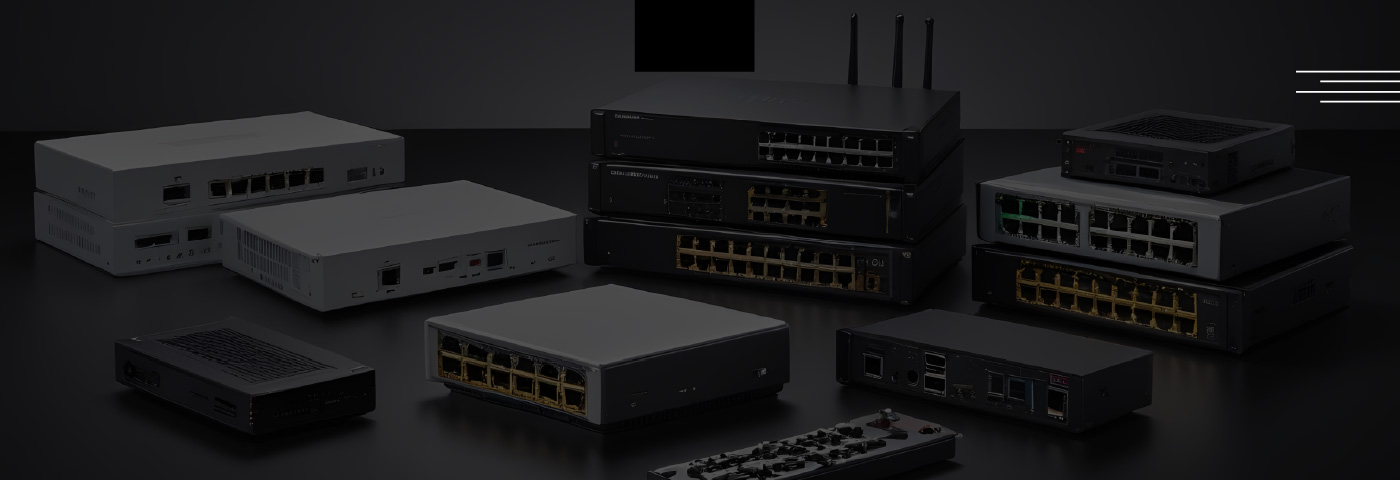
Buy Refurbished IT Equipment
Passive Power over Ethernet (PoE) switches operate differently from their active counterparts, primarily in power delivery and management. Unlike active PoE switches that adhere to IEEE standards and dynamically negotiate power requirements, passive PoE switches provide a fixed voltage output to connected devices regardless of their power needs. Understanding the features and limitations of passive PoE switches is crucial for assessing their suitability in various network setups.
Features of Passive PoE Switches
Passive PoE switches do not conform to standardized power delivery protocols like IEEE 802.3af or 802.3at. Instead, they deliver a fixed voltage, commonly 24V or 48V, through the Ethernet cable to compatible devices. This simplified approach makes them easier to install and more cost-effective than active PoE switches, especially when precise power negotiation is not required.
Advantages
- Lower Cost: Passive PoE switches are generally more affordable than active PoE switches due to their more straightforward design and lack of complex power negotiation circuitry.
- Simplicity: Installation and setup of passive PoE switches are straightforward since there is no need for negotiation or compatibility checks based on power requirements.
Disadvantages
- Potential for Device Damage: Because passive PoE switches provide a fixed voltage output, devices not designed to handle the supplied voltage can be damaged. This lack of intelligence in power delivery can lead to compatibility issues and device failures.
- Limited Compatibility: Devices must specifically support the voltage provided by the passive PoE switch, restricting the range of devices that can be powered using this method.
- Lack of Intelligent Power Management: Passive PoE switches do not offer the advanced power management features of active PoE switches, such as overload protection and efficient power utilization.
Understanding these characteristics is essential for determining whether passive PoE switches suit your network requirements. While they offer cost-effective solutions for simple setups with compatible devices, carefully considering their limitations is crucial to avoid potential operational issues and device compatibility problems.
Key Differences Between Active and Passive PoE Switches

Active vs Passive PoE Switches how to choose
Power over Ethernet (PoE) switches come in two primary types: active and passive. These types differ significantly in how they deliver power to connected devices, impacting their compatibility, cost, and overall performance in network environments.
1. Power Delivery and Management
- Active PoE Switches: Active PoE switches comply with IEEE standards (802.3af, 802.3at, and 802.3bt) and employ intelligent power management. They negotiate power requirements with devices, adjusting voltage and current levels dynamically. This ensures optimal power delivery, prevents underpowering or overpowering, and enhances device reliability.
- Passive PoE Switches: Passive PoE switches deliver a fixed voltage (e.g., 24V or 48V) to devices without negotiation. They do not adhere to standardized protocols and lack dynamic power adjustment capabilities. This simplicity makes them more affordable but increases the risk of device damage if connected devices are incompatible with the supplied voltage.
2. Compatibility
- Active PoE Switches: Active switches are compatible with many PoE-enabled devices, including IP cameras, wireless access points, and VoIP phones. They support various power levels, accommodating diverse device requirements.
- Passive PoE Switches: Passive switches have limited compatibility since devices must specifically support the fixed voltage provided by the switch. This restriction can lead to compatibility issues and device failures if improperly matched.
3. Cost
- Active PoE Switches: Active switches typically come at a higher cost due to their advanced features, compliance with standards, and intelligent power management capabilities.
- Passive PoE Switches: Passive switches are more cost-effective because they lack complex power negotiation circuitry and adhere to more straightforward design principles.
4. Safety and Reliability
- Active PoE Switches: Active switches incorporate built-in safety features such as overload protection and short-circuit prevention. This enhances operational reliability and protects connected devices from power-related issues.
- Passive PoE Switches: Passive switches lack these advanced safety features, increasing the risk of device damage in case of power fluctuations or mismatches.
Use Cases and Applications
Active PoE Switches Applications
Active Power over Ethernet (PoE) switches are ideally suited for demanding environments that require robust power management and scalability.
- Enterprise Environments: Active PoE switches excel in enterprise settings where reliability, flexibility, and comprehensive network management are paramount. They support high-power devices and ensure stable performance across complex infrastructures.
- Large-Scale Networks: Networks spanning large areas benefit from the scalability and advanced power management capabilities of active PoE switches. They facilitate efficient power distribution to numerous PoE devices without compromising network integrity.
- Security Systems: Active PoE switches are essential for security systems that integrate IP cameras, access control systems, and other surveillance devices. They provide reliable power delivery and support advanced remote monitoring and management features.
Passive PoE Switches Application
Passive PoE switches offer a cost-effective solution for simpler network setups and environments with specific compatibility requirements.
- Small Home Networks: Passive PoE switches are suitable for small-scale home networks where compatibility with known PoE devices is assured. They provide straightforward installation and operation without the need for complex power negotiation.
- Simple Setups with Known Compatible Devices: Environments with devices designed to work with fixed voltage outputs benefit from passive PoE switches. These setups minimize compatibility issues and simplify deployment in straightforward configurations.
- Budget-Sensitive Projects: Passive PoE switches are advantageous in projects where cost is a primary concern. Their affordability and ease of installation make them a practical choice for budget-sensitive deployments without compromising basic networking needs.
Installation and Maintenance Tips
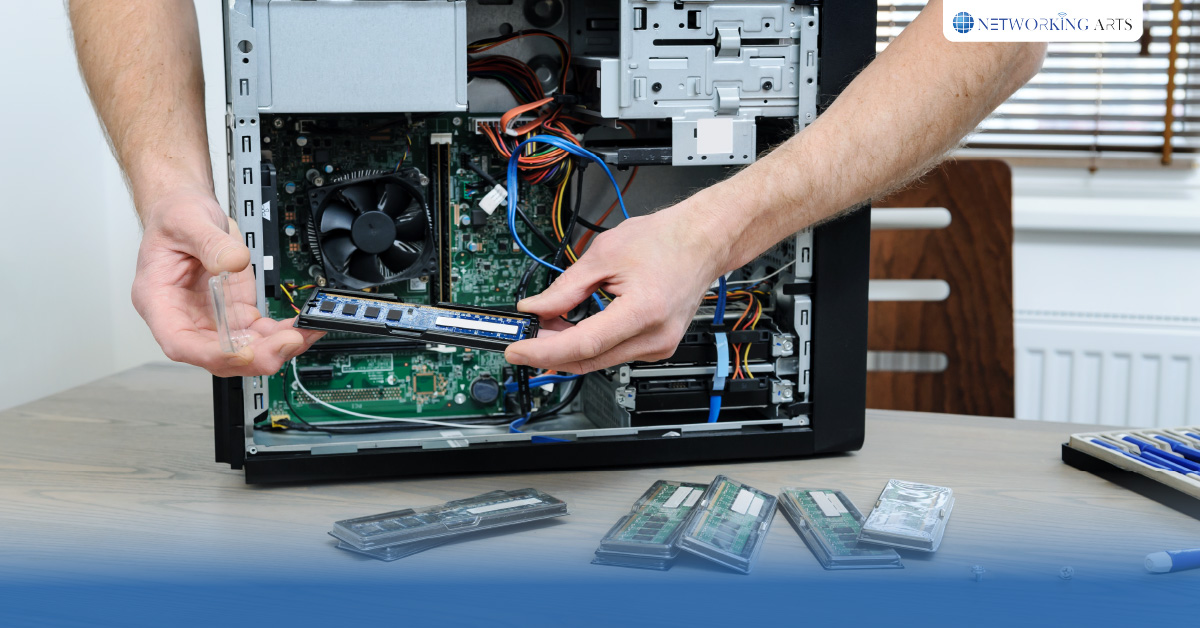
Computer Parts replacements
Installation Guidelines
Several guidelines can ensure smooth setup and optimal performance when installing Power over Ethernet (PoE) switches. Begin by selecting a suitable location that provides adequate ventilation and access to power outlets. Ensure the switch is compatible with your network devices and supports the required power levels. During installation, follow manufacturer instructions for cable management and grounding to prevent electrical hazards and ensure reliable operation. Verify Ethernet cable quality and lengths to minimize signal degradation and ensure proper data transmission. Finally, after installation, the system must be tested thoroughly to confirm connectivity and power delivery to PoE-enabled devices.
Maintenance Tips
Regular maintenance is crucial to uphold the efficiency and longevity of PoE switches. Implement a schedule for routine inspections to check for dust accumulation, overheating, or physical damage that could affect performance. Conduct firmware updates periodically to access new features, bug fixes, and security patches provided by the manufacturer. Monitor network traffic and power consumption to detect anomalies early and prevent potential issues. Also, a protocol for troubleshooting common connectivity issues and power delivery discrepancies must be promptly established. Adhering to these maintenance practices can maximize your PoE switch infrastructure’s reliability and operational lifespan.
How to Choose Between Active and Passive PoE Switches

Choosing The Best Network Hardware Reseller
Active PoE switches are recommended for environments demanding precise power management, scalability, and compatibility with a wide range of PoE devices. They offer advanced features such as IEEE standard compliance, intelligent power negotiation, and robust safety mechanisms. These switches are ideal for enterprise networks, large-scale deployments, and security systems where reliability and comprehensive network management are critical.
On the other hand, passive PoE switches provide a cost-effective solution for simpler network setups with known compatible devices. They deliver a fixed voltage output without negotiation, making them easier to install and more budget-friendly. Passive PoE switches are suitable for small home networks, basic setups, and projects where cost efficiency is prioritized over advanced power management capabilities. When choosing between active and passive PoE switches, consider your network size, device compatibility, budget constraints, and the specific requirements of your deployment to make an informed decision that aligns with your operational goals.
Conclusion
In conclusion, the choice between active and passive Power over Ethernet (PoE) switches hinges on understanding each type’s unique advantages and limitations. Active PoE switches offer sophisticated power management capabilities, compliance with industry standards, and enhanced reliability, making them suitable for complex network environments like enterprise setups and security systems. Conversely, passive PoE switches provide a cost-effective solution for simpler deployments with known compatible devices, offering straightforward installation and operational simplicity.
